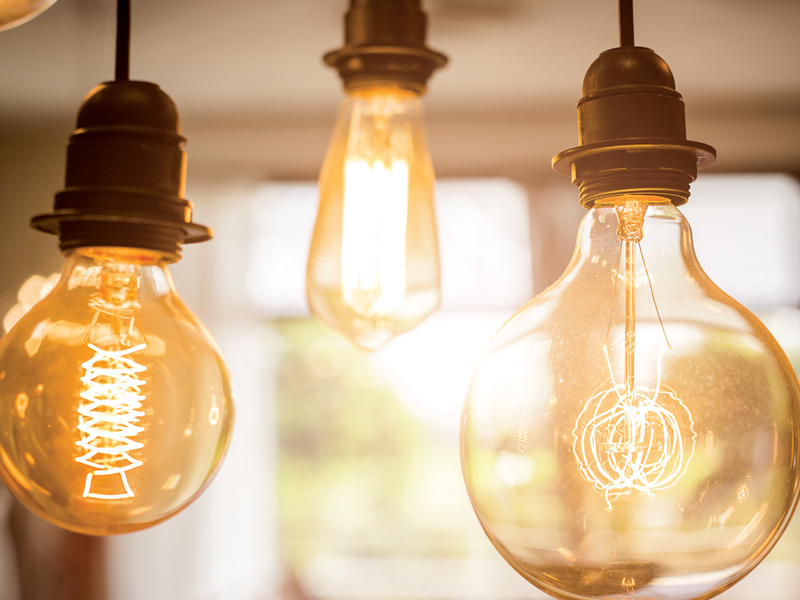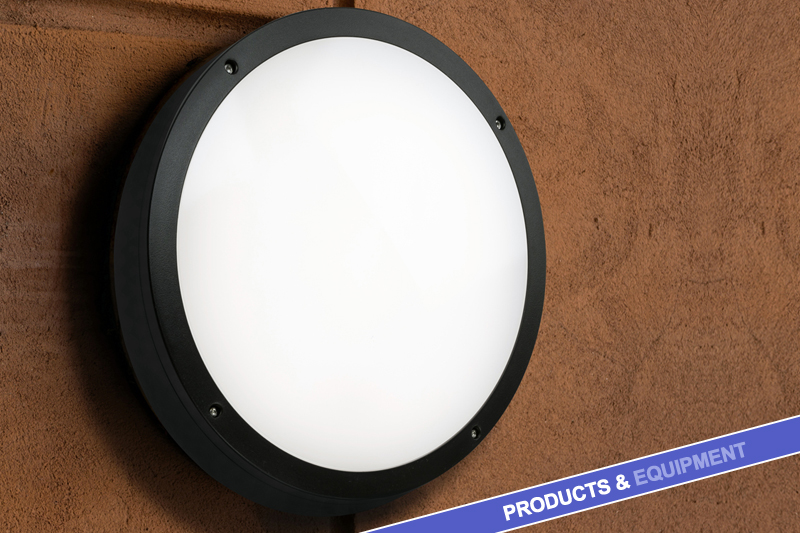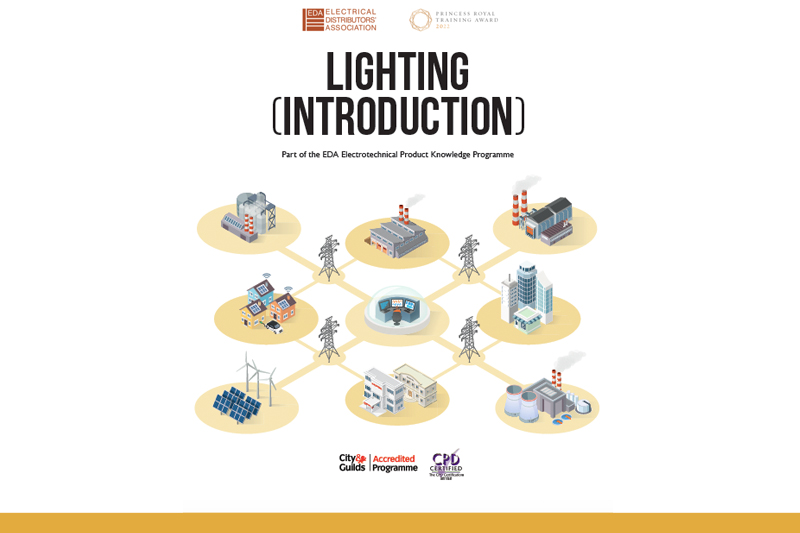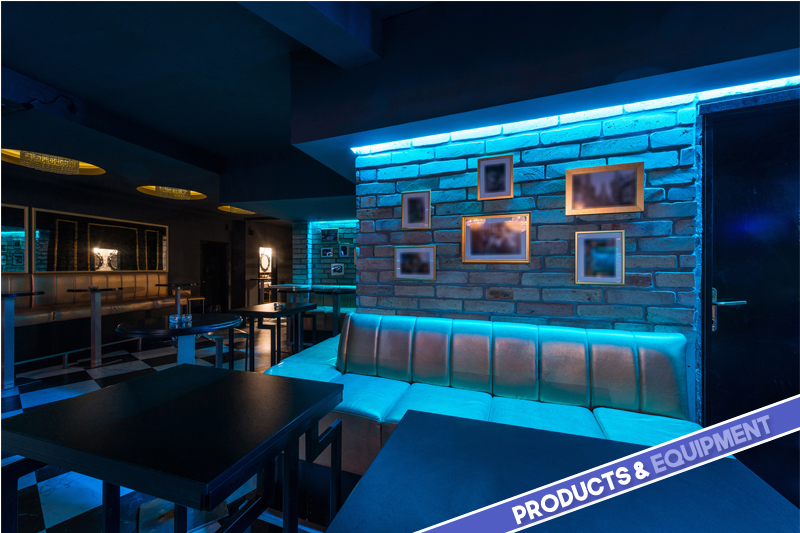As the lighting market overcomes its initial infatuation with LEDs and starts to ask the tough questions in relation to overall light quality, glare and its standardised method of measurement, UGR (Unified Glare Rating) is increasingly important. LED Group Robus looks at how you can help your customers without glaring over the details.
Why is glare important?
In broad terms, uncontrolled glare increases the risk of errors, fatigue and consequently, accidents, for your customers or the end user.
Glare is generally categorised as either disability or discomfort glare. We’ve all experienced the blinding effect associated with disability glare, whether it’s the poorly focussed headlights of an oncoming car or exiting the cinema into midday sunlight.
Discomfort glare, as the term suggests, is not as drastic as disability glare, but it can take its toll if we are spending extended periods under lighting with poor glare control, which is much more common than it should be.

Discomfort glare is broken down into either direct or reflected categories.
EN 12464-1:2011 is the CE standard relating to workplace lighting, focussing on two interrelated components associated with glare:
– UGR
– Luminance at 65° of <3000 cd/m2
Recommended limits for glare have been set in EN 12464-1 for a variety of workplace categories.
– UGR<16 – Technical Drawing Office
– UGR<19 – Offices, Schools
– UGR<22 – Workshops, Receptions, Retail
Factors influencing glare include:
Source vs background luminance
The brighter the source is in comparison to the background light level, the greater the glare.
Position/direction of view
The further away the observer is from the source, the greater the glare.
Source size
The smaller the source size for any given light output, the greater the glare. LEDs are the brightest light sources utilised in general lighting.
With the ongoing miniaturisation trend in the LED market, LED package sizes have reduced, while relative light output has increased; resulting in further gains greater propensity for glare.
How is glare measured?
Glare is not solely determined by the light source; the overall room configuration must be considered.
Due to the number of variables involved, with many of them unique to the specific installation, glare cannot be distilled down to a single value for a light fitting.
Therefore, glare is determined by carrying out photometric testing on a light fitting with reference to CIE 117:1995 and presented in a standardised UGR table.
Variables in the UGR table include:
– Wall and ceiling reflectance’s
– Room dimensions
– Height of working plane
Achieving UGR<19 for all entries on the UGR table is an unrealistic expectation, as it would restrict other light source parameters and create other challenges.
The photometric measurement also facilitates the luminance (or amount of light emitted per unit area in a specific direction) of the source to be determined to ensure compliance with the luminance requirements of EN 12464-1. The luminance requirement in EN 12464-1 is a legacy CAT 2 Louvre requirement from LG3:1989, which was updated with the advent of anti-glare screen technology.
One obvious method of achieving UGR<19 for an LED panel for example, is to restrict the beam angle, however, this could lead to a reduction in the overall uniformity on the floor, especially for lower ceiling heights.
Meeting requirements
Meeting glare requirements is a delicate balancing act – this is where good lighting designers come into their own by using the relevant light fitting photometric files with specialist light modelling software to produce designs where the competing requirements of UGR and uniformity tensors are met as per the specification.
ROBUS is particularly discerning in delivering its ROBUS UGR<19 LED panel ranges, although there is evidence that not all major lighting companies are choosing this responsible approach.
For example, it is completely misleading to market and promote an LED panel as UGR<19, where it can be proven by analysing the photometric files in a lighting design that the panel achieves UGR<19 only for a maximum room size of 3.2 x 6.4m.
Although not a legal requirement, compliance with EN 12464-1 is recommended as best practice.
There is a real need for clarity and openness on glare requirements in the lighting market and at the very least, customers deserve to know and understand if a light fitting rated as UGR<19 does not perform as described.
In the meantime, the onus is on specifiers to look beyond claims and carry out due diligence by engaging fully with lighting companies and lighting designers to select products that meet the glare requirements of the project.
Furthermore, the wholesaler can help by informing their customers of what is needed and where, as well as ensuring all their products meet the requirements.
To learn more about LED Group Robus and its LED products, visit: www.ledgrouprobus.com






